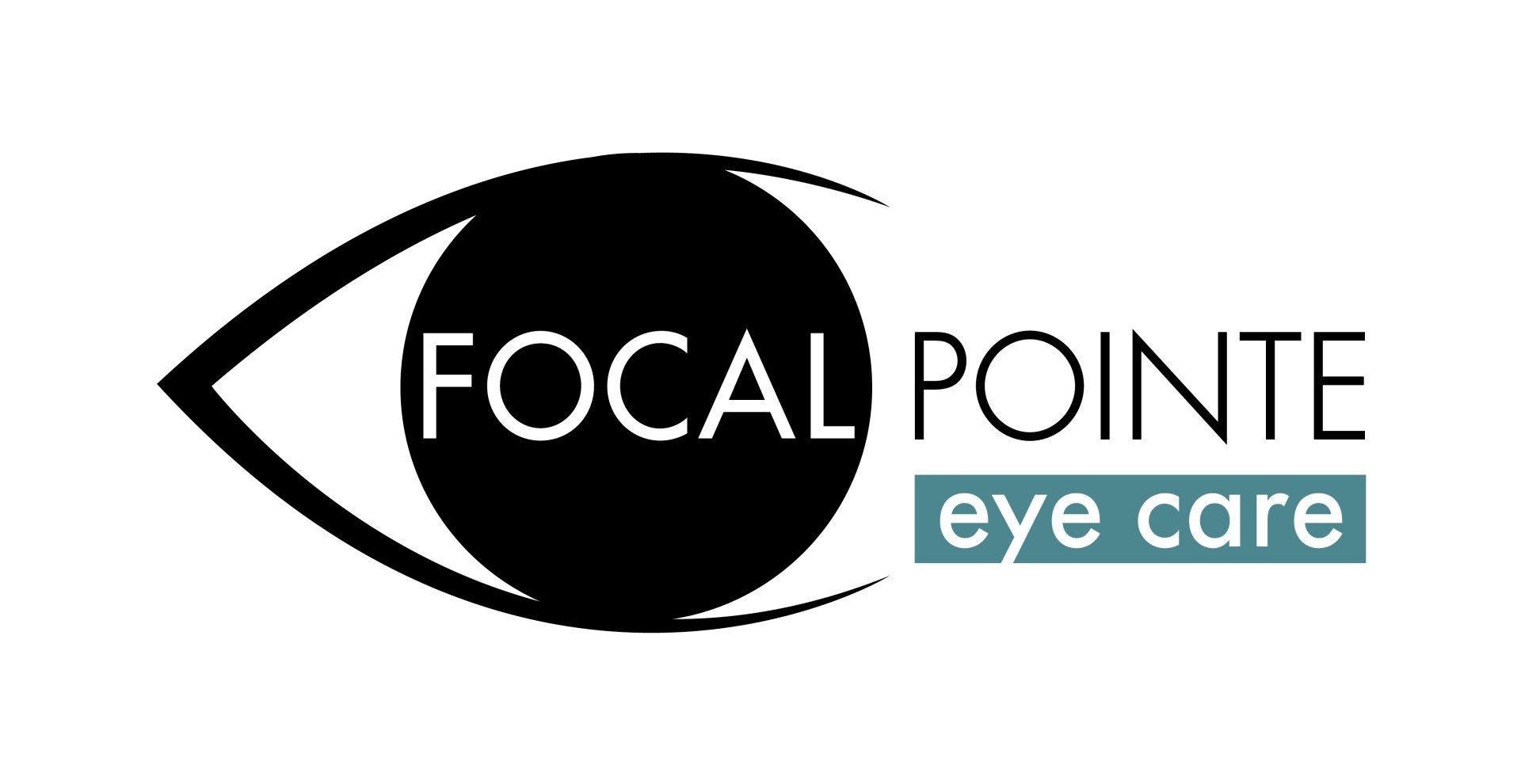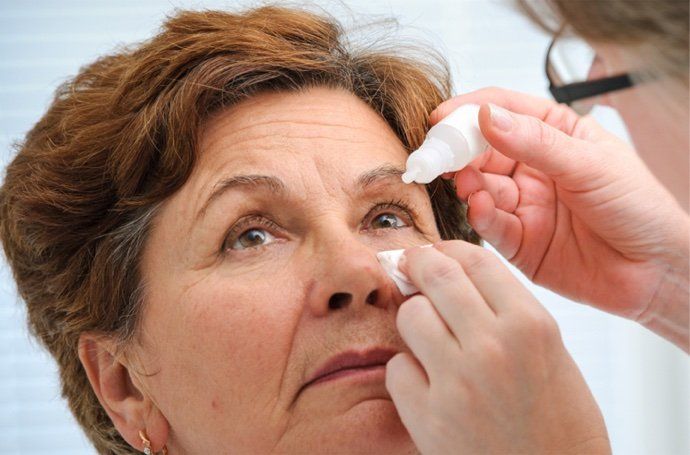WHAT IS SJÖGREN'S DISEASE?
Sjögren's - pronounced show-grins - is a type of autoimmune disorder that causes inflammation and damage to various parts of the body; most commonly the tear and saliva glands. This damage results in symptoms ranging from dryness and discomfort to difficulty swallowing and can even affect the lungs and kidneys.
There are two primary forms of Sjögren's disease:
- Primary Sjögren's Disease: Occurs independently without another autoimmune disorder.
- Secondary Sjögren's Disease: Occurs alongside another autoimmune disease, such as rheumatoid arthritis or lupus.
Schedule an Eye Exam
WHAT CAUSES SJÖGREN'S?
Sjögren's disease occurs when the immune system mistakenly attacks the body's moisture-producing glands, such as the salivary and lacrimal glands. The exact cause is not fully understood, but a combination of genetic, environmental, and hormonal factors is believed to play a role. Women are more prone to developing Sjögren's disease, especially those with a family history of autoimmune diseases.
SYMPTOMS OF SJÖGREN'S
Many patients experience dry eyes, dry mouth, fatigue, and joint pain. Sjögren's disease can also affect various organs such as the kidneys, gastrointestinal system, blood vessels, lungs, liver, pancreas, and the central nervous system.
Symptoms vary from person to person but may include:
- a dry, gritty or burning sensation in the eyes
- dry mouth
- difficulty talking, chewing or swallowing
- a sore or cracked tongue
- dry or burning throat
- dry or peeling lips
- a change in taste or smell
- increased dental decay
- joint pain
- vaginal and skin dryness
- digestive problems
- dry nose
- debilitating fatigue
SJÖGREN'S AND THE EYES
Curious about the impact of Sjögren's on eye health? It ranks among the most common autoimmune disorders in the United States, impacting over 4,000,000 individuals as reported by the Sjögren's Foundation. What's more, a significant number of those with Sjögren's remain unaware of their condition, primarily due to frequent misdiagnoses and the complexity of the diagnostic process.
And you might be wondering, what is the most frequently encountered initial symptom? Dry eyes. Interestingly, dry eye is such a prominent indicator of Sjögren's that approximately 1 in 10 individuals with dry eyes also have Sjögren's - whether they realize it or not.
Dry eye in Sjögren's occurs when the immune system mistakenly targets the glands that produce tears, causing inflammation that leads to decreased tear production and, ultimately, dry eye.
DIAGNOSING SJÖGREN'S
Sjögren's disease is often undiagnosed or misdiagnosed because its symptoms can resemble those of drug side effects, allergies, menopause and various medical conditions like lupus, rheumatoid arthritis, fibromyalgia, chronic fatigue syndrome, and multiple sclerosis.
Additionally, the symptoms of Sjögren's do not always appear simultaneously and can affect different parts of the body, leading to individual treatment of symptoms without recognizing the underlying systemic disease. Consequently, according to Johns Hopkins on average, it takes three years from the time symptoms are noticed to reach a Sjögren’s disease diagnosis.
There is no single test to diagnose Sjögren's disease. Instead, your doctor will consider your symptoms and medical history, along with one or more blood tests to check for specific antibodies, proteins, and inflammation. Other diagnostic criteria include evaluating the function of the salivary and lacrimal glands, the most commonly affected glands. If you have dry eyes, your eye doctor may conduct diagnostic tests to assess the severity of dryness and check for any damage to the front of your eyes.
Diagnostic Tests for Sjögren's Disease
Diagnosing Sjögren's involves a combination of clinical evaluations and diagnostic tests. These may include:
- Schirmer's Test: Measures the production of tears to assess dryness.
- Salivary Gland Function Test: Measures saliva production.
- Blood Tests: Look for specific antibodies and markers of inflammation.
- Lipid Biopsy: A small tissue sample from the lip is examined for inflammatory cells.
- Eye Exam: A comprehensive eye exam to evaluate the extent of dryness and any damage to the surface of the eyes.
Nine out of ten diagnosed patients are women, however Sjögren's can be diagnosed in all ages, races and genders. This includes a larger male population with Sjögren's as well as a growing number of patients being diagnosed under 18.
TREATMENT OPTIONS FOR SJÖGREN'S
While there is no cure for Sjögren's disease, various treatments can help manage symptoms and improve quality of life:
- Artificial Tears and Lubricating Eye Drops: Alleviate dry eye symptoms.
- Medications: Anti-inflammatory drugs, immunosuppressants, and medications to increase saliva production
- Lifestyle Changes: Staying hydrated, using humidifiers, and avoiding irritants like smoke or dry environments.
- Dental Care: Regular check-ups, good oral hygiene, and fluoride treatments to prevent cavities and gum disease.
- Moisture-Retaining Eyewear: Special glasses or goggles to help keep eyes moist.
For severe symptoms, systemic treatments like biologics or corticosteroids may be necessary. Because Sjögren's affects everyone differently and can involve multiple areas of the body, it is important that a personalized plan is developed by you and your physician that also includes special instruction from your eye doctor and dentist.
Sjögren's disease can significantly affect daily life, especially for those experiencing severe dry eyes and mouth. Early diagnosis and appropriate management are key to reducing symptoms and preventing complications. If you suspect you or a loved one have Sjögren's disease or are experiencing symptoms, schedule an appointment with us today. Our expert team is here to provide comprehensive care and help you manage your eye health effectively.

